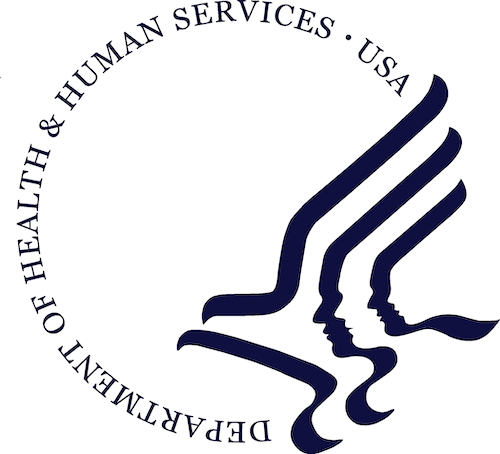
November 10, 2022 – The HHS and the Steven & Alexandra Cohen Foundation (Cohen Foundation) announced 10 Phase 1 winners in the LymeX Diagnostics Prize, a LymeX Innovation Accelerator (LymeX) competition to accelerate the development of Lyme disease diagnostics. Phase 1 called on scientific, technical, and clinical experts to submit innovative methods for detecting active Lyme disease infections in people. The ultimate goal of the multiphase competition is to nurture the development of diagnostics toward Food and Drug Administration review.
From May to August 2022, Phase 1 received 52 solutions for detecting active Lyme disease infections in people. Solutions incorporated techniques such as radiological imaging, genomics sequencing, and microfluidics. Submissions also leveraged and translated approaches used in diagnosing other infectious diseases, including COVID-19. Technical reviewers initially evaluated this highly competitive field, and then the competition judging panel assessed submissions according to official evaluation criteria.
HHS congratulates the Phase 1 winners, who will each receive $100,000 and an invitation to participate in a second phase, subject to the availability of future funding:
- BlueArc Biosciences Inc. Ultra-Sensitive Direct Diagnostic for Early Lyme Disease. A molecular diagnostic blood test for Lyme B. burgdorferi s.l. using innovative polymerase chain reaction (PCR) assay that targets biomarkers for increased accuracy using standard laboratory equipment.
- Drexel University College of Medicine. Glycoproteomic Approach to Lyme Disease Diagnostics. A small-volume serum test using glycan biomarkers to detect active Lyme disease infection, track treatment response, and distinguish between diseases with similar symptoms.
- George Mason University. Borrelia Derived, Sequence-Specific Novel Diagnostic Peptides. A urine direct test that targets absolutely specific protein molecules and would provide direct information about pathogen activity.
- HelixBind Inc. Ultra-Sensitive Direct Detection of Active Borrelia Infections. A test combining novel sample preparation and artificial nucleic acid detection to identify active infection in whole blood, synovial fluid, and cerebrospinal fluid.
- InBios International Inc. Early Lyme Diagnosis Using a Microarray Immunoassay with Machine Learning. An automated, quantified, array-based serum test using machine learning to improve sensitivity in categorizing specimens.
- Massachusetts General Hospital. Cell-free Target Capture Sequencing for the Diagnosis of Lyme Disease. A plasma test depleting human background material from samples and detecting low-abundance nucleic acid from tick-borne pathogens.
- Serimmune Inc. NGS-based Precision Serology for the Diagnosis of Tick-borne Disease. A universal multiplex serum test that incorporates patient-centric surveillance testing, population data, and machine learning to enhance understanding of tick-borne diseases.
- T2 Biosystems Inc. T2Lyme Panel Direct Detection of Active Lyme Disease. A whole blood test designed to directly detect Lyme disease-causing bacteria, providing results in three to five hours with higher accuracy.
- Tufts University. Antiphospholipid Antibodies for Tracking Lyme Disease After Treatment. A serum test targeting a unique antibody that would more accurately identify early infection and allow clinicians to optimize additional treatment.
- Virginia Tech. Detecting Release of Peptidoglycan for Direct Lyme Disease Diagnosis. A test using monoclonal antibodies in conjunction with immuno-PCR to detect a unique B. burgdorferi biomarker in multiple biofluids.
